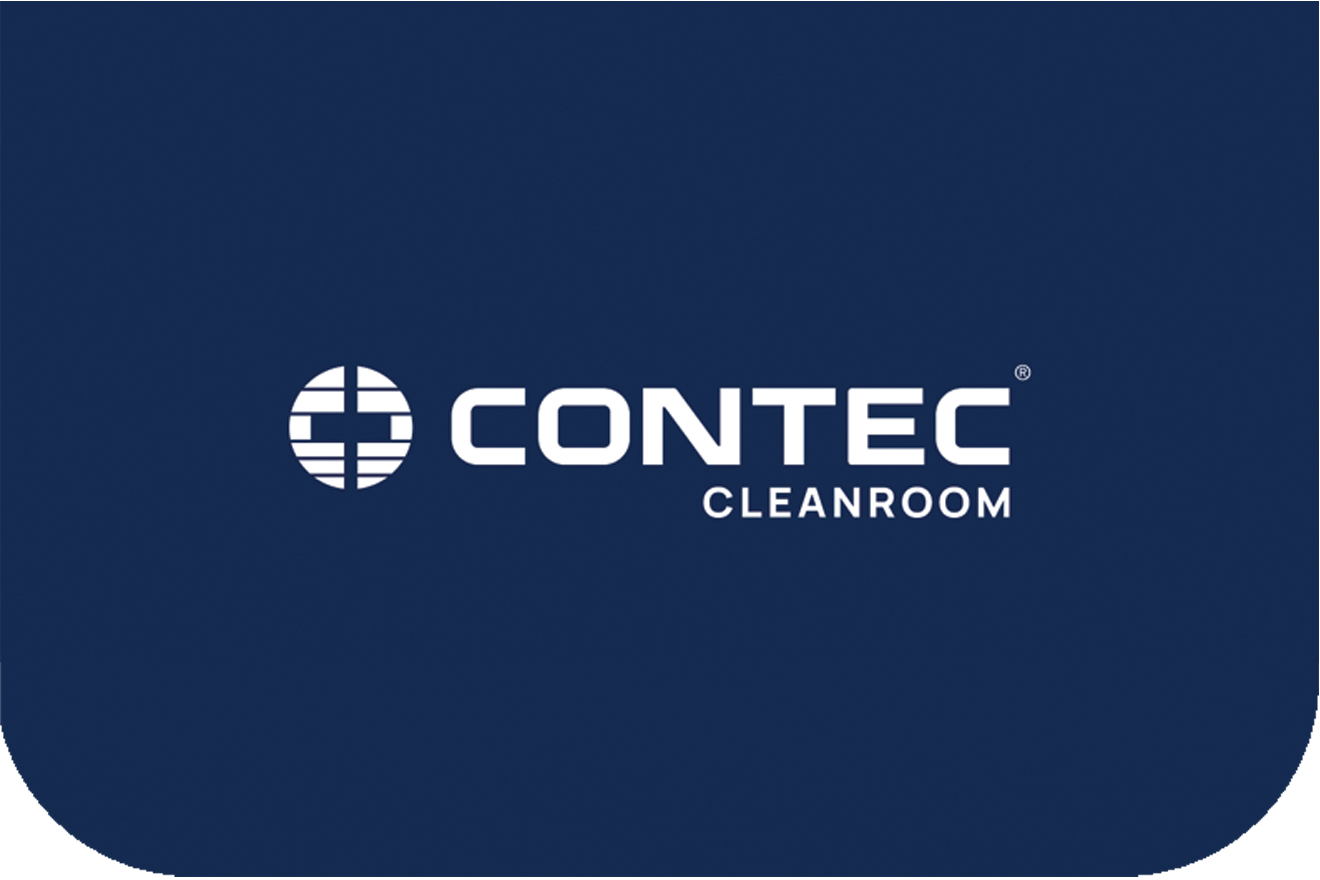Microfibre picks up and holds particles better than cotton, but has drawbacks of its own. Karen Rossington discusses the pros and cons of various fibre types used for cleanroom wipes.
Cleanroom wipes have their origins in the nuclear industry when the first critical wipes were cotton twill used to control radioactive particles from leaving nuclear reactor containment. The emergence of microelectronic manufacturing required cleaner wipe options and cotton twill was replaced by nylon monofilament. By the mid 1980s polyester monofilament became the standard critical environment wipe.
Today cleanroom wipes for all types of critical environment are big business. As manufacturing technology innovated so the demand for even cleaner wipes increased.
In 1998 Contec introduced the first presaturated wipes for cleanrooms to reduce solvent consumption and increase convenience. One of the quickest adopters was the medical device industry, which saw the productivity improvements and process controls that the technology offered. Sterile presaturated wipes were introduced in 1990 for the pharmaceutical industry and the developing biotech market.
In the late 1980s microfibre was introduced. The definition of a microfibre is a fibre with less than 1 decitex per filament, where a decitex is a measure of linear density commonly used to describe the size of a filament or fibre.1 One decitex is 9/10 of a denier. The fibres can be combined to create yarn, which can be then be knitted or woven into a variety of constructions.

